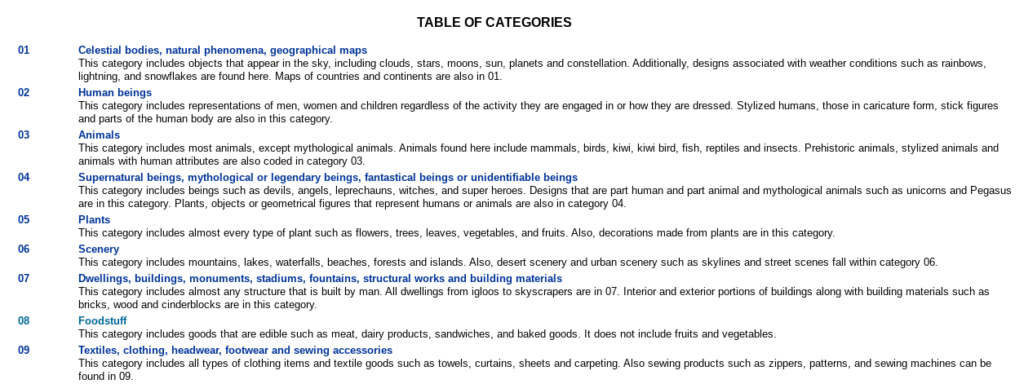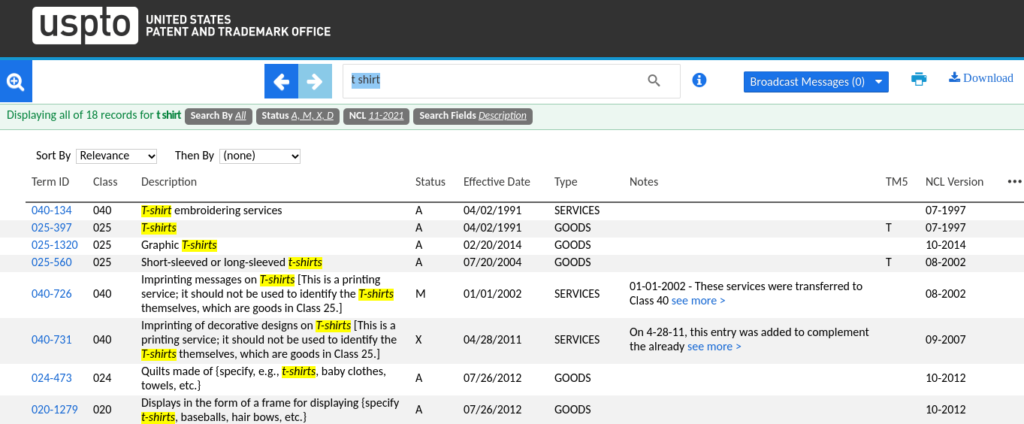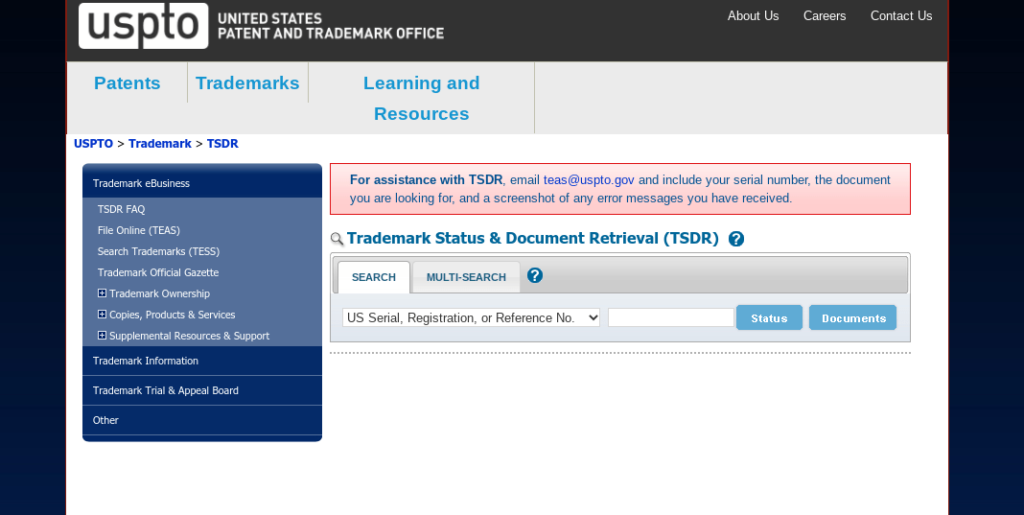The WordPress.org Themes Team announced an open discussion and date for a Zoom meeting with theme authors. The team is proposing a new set of guidelines that reduces and simplifies what is currently in place. Comments on the proposal are open through July 26, and the meeting is set for July 28, 2 pm CET.
This is the next step in an ongoing plan to revamp the review system and make it easier for the WordPress community to submit themes. It comes after months of waiting to see the results of earlier discussions unfold.
In January, the state of the theme review system seemed to have reached a crossroads. The Themes Team, a group of gatekeepers that oversees submissions to the official WordPress.org theme directory, had been making strides in the previous couple of years. Its members had cleaned up most of the submissions backlog, but they still had a lot of work ahead to smooth out the review process. On the whole, a series of incremental improvements seemed to be working at the time, albeit slowly.
Then, WordPress project lead Matt Mullenweg dropped a bombshell via the Post Status Slack:
The .org theme directory is particularly bad when you compare it to any half-decent commercial theme marketing page, or the designs available on other site building services or Themeforest directories. The .org theme directory rules and update mechanism have driven out creative contributions, it’s largely crowded out by upsell motived contributions.
It was an age-old discussion of whether the theme review guidelines were too high of a barrier for entry into the directory.
Were WordPress users missing out on the best themes because the most innovative theme authors were not playing in the .ORG sandbox? If so, were the rules driving them away?
No one can know if a more lenient, free-for-all atmosphere would have unleashed a mountain of creativity paralleling or besting commercial theme producers. But, perhaps if the team opened things up, it would test the theory.
That initial post led to a series of discussions and a decision to overhaul the system. However, the Themes Team would need some help from the Meta Team to implement more automation of its grunt work, such as security and other code checks. Behind the scenes, pieces of that system have been put into place in the months since.
Guidelines Proposal and Questions

Themes Team representative Carolina Nymark listed a set of 13 overarching guidelines, each with sub-guidelines of their own. The proposal significantly simplifies the current rules for submission into the directory.
She asks that theme authors review the proposal and answer the following questions in the comments ahead of the meeting:
- Will the updated requirements make it easier for you to submit themes?
– If no, what is making it difficult for you to submit themes? - Will the updated requirements make it easier for you to review submitted themes?
– If no, what is making it difficult for you to review themes? - Are there requirements that need to be removed, and why?
- Is there anything in the list of requirements that is unclear? Describe the issue.
- Can the formatting of the page be improved to make it easier to read?
The current proposal is more expansive than the shortlist of guardrails WordPress executive director Josepha Haden Chomphosy mentioned in a post that laid out the next steps. Most of these were not meant as blockers for submission.
“Rather we should use the list to flag themes that have/don’t have each thing and show them in results accordingly,” she wrote. “Likely exceptions to this would be proper licensing, adherence to fair use of the trademark, and a ban on child pornography or other images of anyone unable to provide consent.”
The goal was to put more responsibility into the hands of users, granting them privileges to say whether a theme was working or not. This would take a lot of the work off the shoulders of the review team.
Another part of the original proposal was to mark themes with “quality tags” that went above and beyond the baseline for approval. For example, internationalization (i18n) and accessibility (A11Y) are items that do not stop a theme from technically working. Instead of making these requirements, themes would merely be tagged if they met those standards.
Presumably, there would be incentives for taking those extra steps for theme authors, such as higher search rankings, the ability to be featured, and more. It is not that i18n and A11Y standards are unimportant, but they are sometimes hindrances to first-time authors. And, they definitely fall within the range of things that end-users can dock themes for in the ratings.
Many will take a hard stance on i18n and A11Y, but they are merely examples. A less controversial guideline might be the one that proposes that themes can only recommend plugins directly hosted on WordPress.org. Why should that be a blocker for inclusion in the directory? Some will say there is no good reason for it since themes are disallowed from installing plugins anyway. There are no technical issues with allowing such recommendations.
It is these sorts of rules that have plagued the theme review process over the years. Often, it moves discussions into ideological territory that most users do not care about. They just want themes that work.
Under the new proposal, moving to 100% blocks would further reduce requirements for developers. Currently, classic themes have a more extensive list of rules they must adhere to. Many of these are unnecessary for block themes, essentially cutting everything back to including a few required files. Most of this can and should be automated in the long term since they are necessary for a functioning theme.
Right now, the 13 guidelines (and their sub-guidelines) are only a proposal. Theme authors have a voice, but they must use it. As is so often the case, decisions are made by those who show up. Far too often, the team is shouting into the void, awaiting a response that rarely comes.
For theme authors who are invested in the future of the WordPress theme directory, that July 28 meeting is a can’t miss opportunity. Early responses via the comments on that post will also help shape the conversation.












